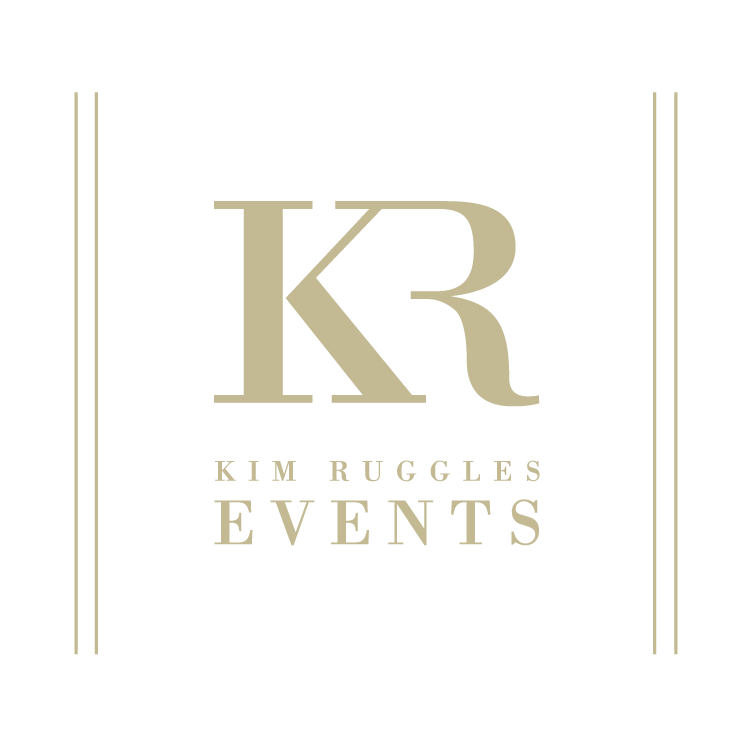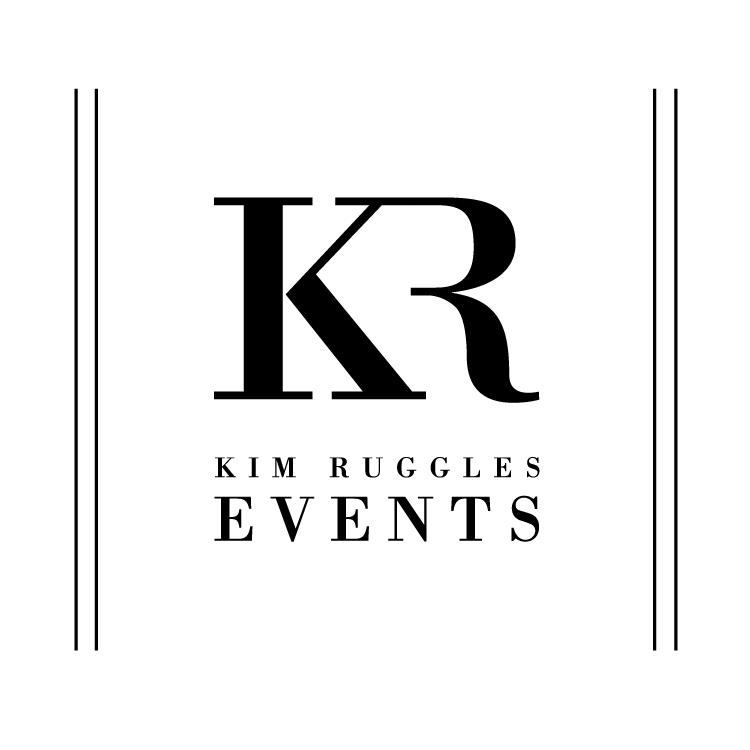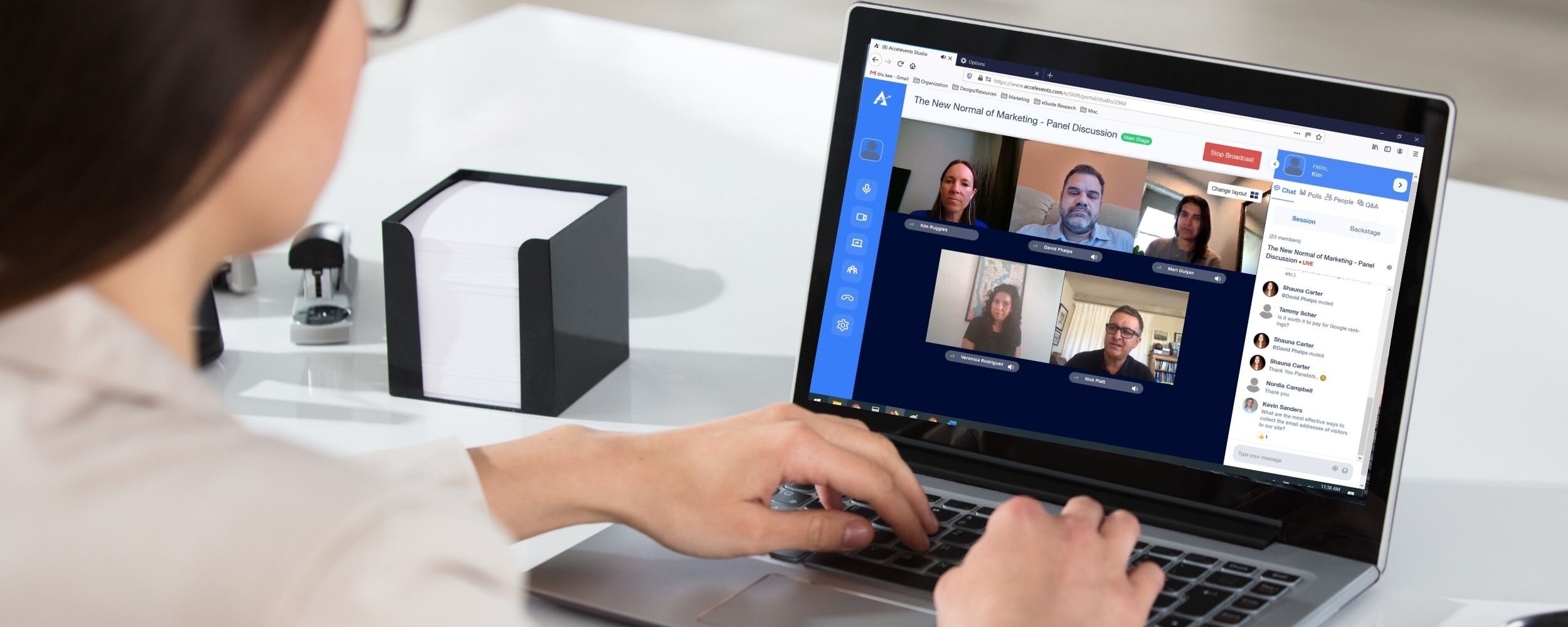Virtual Event Series: Selecting a Virtual Conference Platform
I have to say I went into planning a virtual conference as a learning experience. I knew it wouldn’t be perfect (because no event is ever perfect), but I definitely didn’t expect what happened.
No this isn’t an event planning horror story, but it did have some WTFs.
What it really comes down to is knowing the right questions to ask and a whole lot of clarification all along the way.
Let’s start from the beginning.
Our first step was to define the program/agenda so we would know what functionalities we needed. Also, considering people are on their computers all day long, we didn’t want it to last more than half a day and definitely wanted to do it in the morning when they are the most alert (after a couple cups of coffee).
We decided on the following program:
Opening keynote speech
Simultaneous breakout panel discussions
Workshop with the speaker sharing their screen
Speed Networking / Networking Lounge
The next step was to find a virtual conference platform that performed all of our program needs, and most importantly, fit the budget.
When finding venues for in-person events, most event planners have checklists that we have used for years. Ticking off each box regarding space, power, lighting, audio, amenities, bathrooms, parking, support staff and more. But this is new terrain and sometimes you don’t know what questions to ask.
PLEASE NOTE: Virtual conference platforms are very different from a virtual meeting platform like Zoom, Microsoft Teams, Facebook Live, etc. Think of it this way – Zoom is best for small meetings where people can see and talk to one another like a meeting in your boardroom. Virtual conference platforms are for large groups of people (100s – 1,000s+) that has different capabilities like exhibitor booths, sponsorship capabilities and more, like what you see at a conference in a convention center.
There are many comparison charts for these platforms by Google-ing it, plus some platforms give a trial period to get a feel for the functionality. Below are a set of questions to start with and help you gauge what will work for your program:
Is there a main stage, breakout rooms and networking lounges?
Can you do simultaneous breakout sessions?
How do you live stream – do you use your own studio or integrate with another platform (i.e. Zoom, Facebook Live, etc.)?
Can I see what the screen would look like for a panel discussion with a Zoom integration or any other integration platform (i.e. can it show Gallery View of all the speakers or only Speaker View)?
What are ALL best practices for the speakers and the participants (i.e. preferred devices, internet software, wi-fi needs, etc.)?
Can speakers share their screen or a specific document to show a presentation?
Are there any limitations when speakers share their screen or document?
Can you do a networking lounge, speed networking or any form of face-to-face networking?
Can you do a virtual expo with several virtual exhibitor booths?
Will these exhibitor booths have the ability to do virtual meetings (i.e. Zoom meetings)?
What are the sponsorship opportunities - where can their logos show?
What are the costs? Are there any minimum costs and/or additional costs?
Is there a specific bandwidth or some technological starting point that speakers must have for a clear video and audio, as well as, no drop of connection?
What are the communication capabilities to registered participants?
Can I set up and send multiple automated emails to participants?
The three big takeaways you should focus on:
Do a trial period so you can see how easily (or not) the back-end works for you.
‘Attend’ a virtual event with this chosen platform so you can experience the event from a participants perspective
Find out the Best Practices from the platform, this should also include the things that don’t work (i.e. don’t use Internet Explorer, Chrome works best, etc.).
Please comment below with comments or questions I may have missed and you feel are important, crowd sourcing information helps everyone.
Want more ideas on how to make corporate events bigger, better and A LOT more fun, subscribe to our monthly eNewsletter.


